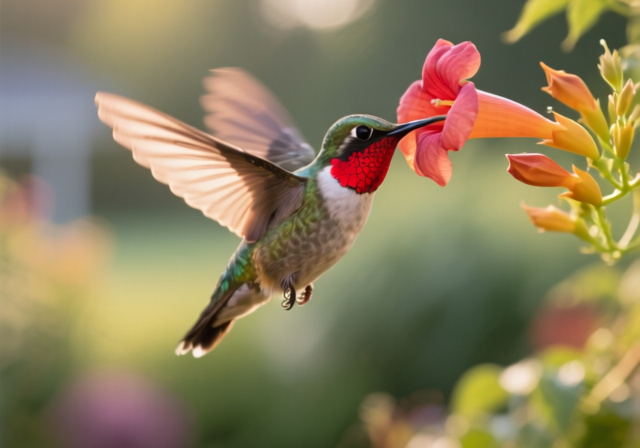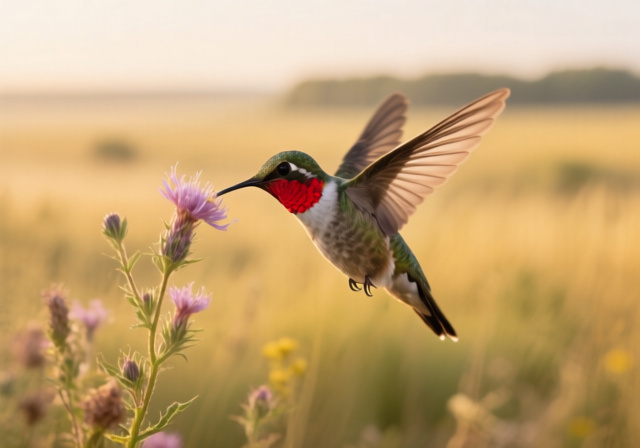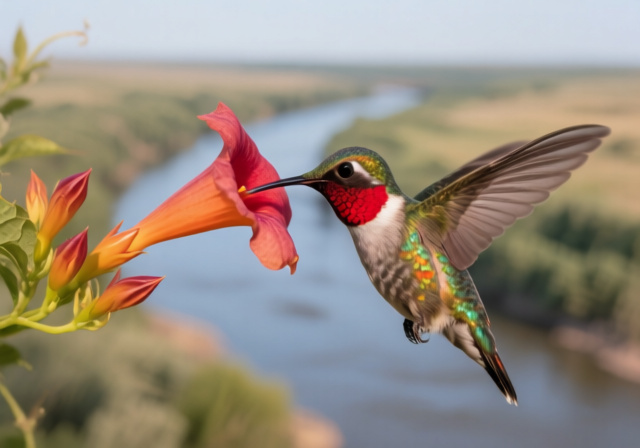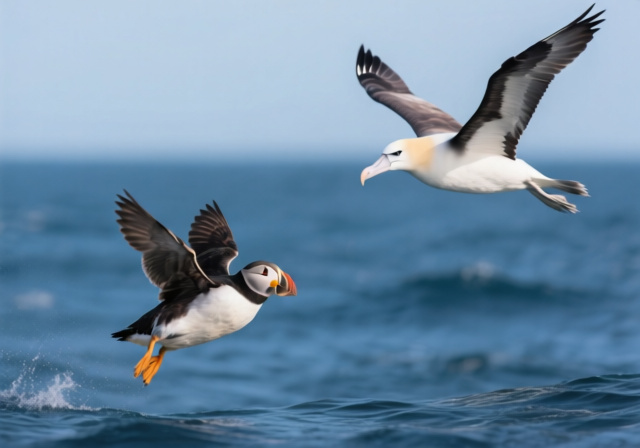
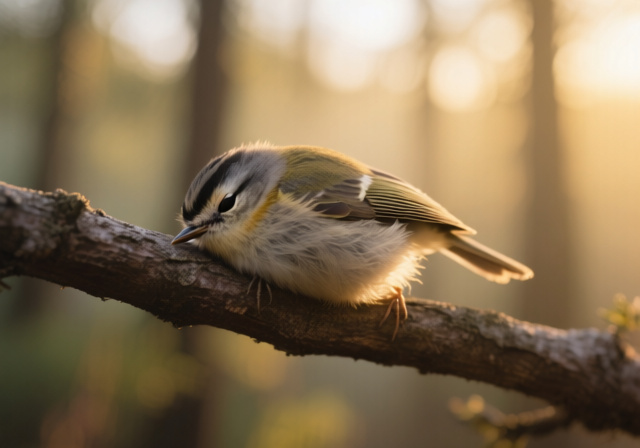
Have you ever wondered how birds manage to survive through the night while perched on tiny branches? As someone who has spent countless hours observing wildlife through my camera lens, I’ve been fascinated by bird sleep patterns for over a decade. The truth about how long birds sleep will surprise you – it’s nothing like our human sleep patterns.
Birds typically sleep 6-12 hours per day, but in short fragments rather than one long period like humans. This remarkable adaptation allows them to stay alert to predators while still getting the rest they need. During my early morning photography sessions, I’ve discovered that understanding these sleep patterns has helped me capture incredible shots of birds just as they’re waking up.
In this guide, I’ll share everything I’ve learned about bird sleep habits, from the incredible ability to sleep with half their brain to the extreme sleep strategies of migratory species. You’ll also get practical tips for observing sleeping birds ethically, which has transformed my wildlife photography approach.
When it comes to sleep duration, birds defy our human expectations. Most birds sleep between 6-12 hours daily, but rarely in one continuous stretch. Instead, they sleep in multiple short periods, a pattern called polyphasic sleep. From my observations of backyard birds, I’ve noticed songbirds typically take numerous 15-30 minute naps throughout the day and night.
The exact sleep duration varies dramatically by species and circumstances. Small birds like hummingbirds may sleep up to 14 hours, often entering torpor – a state of decreased physiological activity. Meanwhile, larger birds like eagles might only need 8-10 hours. I’ve photographed great frigatebirds that can survive on just 1-2 hours of sleep during long flights, then catch up with 12+ hours on land.
| Bird Type | Daily Sleep Duration | Sleep Pattern |
|---|---|---|
| Hummingbirds | 12-14 hours | Torpor at night, frequent naps |
| Songbirds | 8-10 hours | Fragmented, multiple naps |
| Waterfowl | 6-10 hours | USWS while floating |
| Raptors | 8-12 hours | Night sleep with alert periods |
| Seabirds | 1-12 hours | Variable, can sleep flying |
Seasonal changes also affect bird sleep patterns. During breeding season, many birds sleep less as they devote more time to mating and caring for young. I’ve documented robins reducing their sleep by up to 40% during peak breeding season. Conversely, in winter, birds may sleep longer to conserve energy when food is scarce.
Perhaps the most incredible adaptation in bird sleep is unihemispheric slow-wave sleep (USWS). This allows birds to literally sleep with one eye open and half their brain awake. As a photographer, I’ve captured stunning images of ducks floating with one eye open, perfectly demonstrating this survival strategy.
During USWS, one brain hemisphere enters deep sleep while the other remains alert and functional. The eye connected to the sleeping hemisphere closes, while the eye connected to the wakeful hemisphere stays open, scanning for threats. This adaptation allows birds to rest while remaining vulnerable to predators – a crucial survival advantage in the wild.
I’ve observed this behavior firsthand in mallards at my local pond. The ducks on the edge of the group consistently keep their outward eye open, while those safely in the middle can sleep with both eyes closed. This remarkable coordination shows just how sophisticated their sleep strategies are.
Unihemispheric Slow-Wave Sleep: A sleep state where one brain hemisphere rests while the other remains alert, allowing birds to monitor their environment even while sleeping.
Birds can even rotate which hemisphere is sleeping, giving both sides adequate rest. Research shows they switch hemispheres every few hours, ensuring complete brain recovery over time. This ability is so efficient that some migratory birds can sleep while flying – something I find absolutely mind-boggling as someone who needs 8 solid hours to function!
Birds are strategic about where they sleep, balancing comfort, concealment, and escape routes. Through years of bird watching, I’ve learned their favorite sleeping spots reveal much about their survival strategies.
Dense foliage provides excellent cover for songbirds. I’ve found warblers and sparrows tucked deep within evergreen branches, nearly invisible to predators. These locations offer protection from weather and multiple escape routes if danger approaches. Tree cavities are premium real estate – woodpeckers, owls, and bluebirds vie for these secure sleeping quarters.
Water offers unique sleeping opportunities. Ducks and other waterfowl often sleep while floating, using their USWS ability to detect approaching predators through water vibrations. I’ve captured beautiful dawn shots of coots and moorhens waking up on open water, already alert and ready to dive if needed.
Urban birds have adapted remarkably well. I’ve photographed pigeons sleeping on building ledges, starlings in streetlight structures, and sparrows tucked under roof eaves. These urban adaptations show birds’ incredible flexibility in finding safe sleeping spots even in human-dominated environments.
⚠️ Important: Never disturb sleeping birds. They need uninterrupted rest for survival, and repeated disturbances can affect their health and survival rates.
Migratory birds take sleep deprivation to extremes I can barely comprehend. During migration, many species dramatically reduce their sleep time. Research shows Swainson’s thrushes may sleep just 30% of their normal duration during long flights.
The great frigatebird holds the record for extreme sleep adaptation. Scientists discovered these seabirds can sleep for just 42 minutes per day during 10-day flights, using brief 10-second episodes of USWS while soaring. They catch up on sleep once back on land, sleeping up to 12 hours straight. I’ve photographed these magnificent birds in the Galapagos, and knowing their sleep capabilities makes me appreciate them even more.
In the Arctic, continuous daylight presents unique challenges. Pectoral sandpipers breeding under 24-hour daylight have adapted to sleep in much shorter bursts. Males may sleep as little as 2 hours per day during peak breeding season, maximizing their chances of mating. This extreme sleep reduction would be impossible for most species, but it shows how flexible bird sleep can be.
Winter brings different challenges. Many birds enter torpor to conserve energy. Hummingbirds can lower their metabolism so dramatically that their body temperature drops nearly 50°F. I’ve found ruby-throated hummingbirds in what appeared to be a deep sleep state, only to see them spring to action minutes later when warmed by the morning sun.
Capturing photos of sleeping birds requires patience, ethics, and the right equipment. After years of trial and error, I’ve developed techniques that work consistently while respecting the birds’ need for rest.
The best times to observe sleeping birds are dawn and dusk. This is when birds are transitioning between sleep and activity, making them more approachable yet still exhibiting sleep behaviors. I use low-light binoculars during these hours to spot birds without disturbing them.
For observation equipment, I recommend starting with good binoculars. The debate between binoculars vs monoculars often comes down to personal preference, but for observing sleeping birds, binoculars provide better depth perception and comfort during extended viewing sessions. Understanding what the numbers on binoculars mean helps you choose the right pair for dawn and dusk observation.
For serious bird documentation, consider spotting scopes vs binoculars – scopes offer magnification perfect for detailed observation from greater distances. When choosing between angled vs straight spotting scopes, remember that angled models are better for looking up into trees where birds often sleep.
Never use flash when photographing sleeping birds. Even the briefest flash can disrupt their sleep patterns and make them vulnerable to predators. Instead, use natural light and high ISO settings. I often wait for the perfect moment when the morning light illuminates a sleeping bird just enough for a clear shot without disturbance.
✅ Pro Tip: Maintain at least 25 feet distance from sleeping birds. Use telephoto lenses to get close-up shots without causing stress.
If you’re introducing children to bird watching, getting kids interested in bird watching starts with teaching them respect for wildlife, especially during vulnerable times like sleep.
No, birds don’t sleep through the entire night like humans. They sleep in multiple short fragments, with frequent waking periods to check for predators. This fragmented sleep pattern allows them to rest while staying alert to danger.
The average bird sleeps 6-12 hours per day total, but broken into many short episodes rather than one continuous period. Small birds generally sleep more than larger birds, and sleep duration varies by season and environmental conditions.
Most birds don’t lie down to sleep. They sleep while perching, using special tendons in their feet that automatically lock around branches when they relax. Some waterfowl sleep while floating, and ground birds like quail may sleep in a crouched position.
Backyard birds sleep in dense shrubs, tree cavities, evergreen branches, or specially designed nest boxes. They choose locations that offer protection from predators and weather. Different species have different preferences – some sleep alone while others roost in groups.
Some birds are creatures of habit and return to the same sleeping spot nightly, while others change locations regularly for safety. Many factors influence their choice, including weather, predator activity, and food availability. Some species, like crows, may use different roosts in different seasons.
Signs a bird is sleeping include: head tucked into feathers or turned backward, one or both eyes closed, fluffed feathers for warmth, reduced breathing rate, occasional balance adjustments, and lack of response to minor disturbances. Some birds sleep with one eye open during USWS.
Yes, some birds can sleep while flying. Great frigatebirds and swifts have been documented sleeping in flight using unihemispheric sleep, where one brain hemisphere sleeps while the other remains alert for navigation and obstacle avoidance.
Understanding how birds sleep has revolutionized my approach to wildlife photography and observation. These creatures have evolved sleep strategies that are nothing short of miraculous – from sleeping with half their brain to catching up on rest after marathon flights.
The next time you’re out with your camera or binoculars at dawn, take a moment to appreciate the sleeping birds around you. Their ability to balance rest with constant vigilance teaches us about resilience and adaptation in the natural world. Remember to observe from a distance, never disturb their rest, and consider documenting these peaceful moments to share with others.
Whether you’re a seasoned bird photographer or just beginning to explore avian behavior, understanding bird sleep patterns opens up a new dimension of wildlife appreciation. Armed with this knowledge and the right equipment, you’re ready to discover the hidden world of sleeping birds while respecting their need for undisturbed rest.

